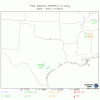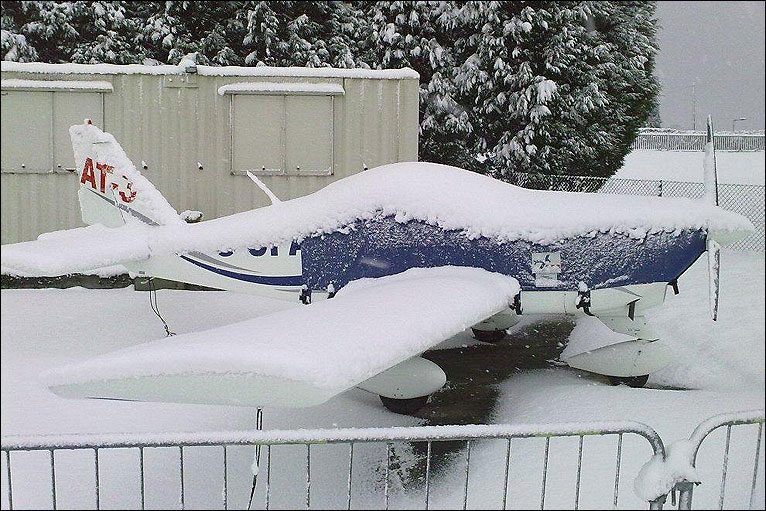AggieMike88
Touchdown! Greaser!
- Joined
- Jan 13, 2010
- Messages
- 20,805
- Location
- Denton, TX
- Display Name
Display name:
The original "I don't know it all" of aviation.
Well I should add that its a Fixed Pitch Prop. So its pretty easy to set power %'s based off of engine RPM.
I was full power & full rich @4,500ft. almost neutral trim.
Seeing as though it wanted to climb through my ATC asigned altitude, I put turned the trim to 50% down. Still required forward pressure of the yoke. So I tried to pull power (throttle, NOT mixture) it hiccuped a little and I went full power to smooth it out. I then put the trim to about 90-95% down, leaving a little room to wiggle so I didnt stress any parts (my thinking anyways)
So I started leaning it out (lean rough to smooth they say) but as soon as I took mixuture out it started hiccuping again. Full mixture, problem solved.
I monitered RPM for a DIP or slow decrease. Never happened, but I added carb heat for a few minutes, 50-75rpm decrease, never increased or moved. Took carb heat out, went back to full RPM.
Played that cat and mouse game a few more times. My guess is that if I would of just tried to pull more power then it would of cleaned up, I just didnt want to pull it incase it stopped spinning. It was running like a top with full throttle, why mess with it? All I had to do was keep the nose down.
That was my line of thinking anyways. I've never flown it in cold weather like this though, so not sure what I experienced.
Mmmmmm..... let's go flying sometime and perhaps we both learn something
 I betcha if I could see what you're describing in action I would be better equipped to provide the right comments.
I betcha if I could see what you're describing in action I would be better equipped to provide the right comments.




